Q
What's Honda City Hatchback? Here's a Full Introduction for You
The Honda City Hatchback is a B-segment hatchback launched by Honda. There are various 2024 models available for sale, such as the 1.5 S and 1.5 E. The prices of Honda City Hatchback range from RM 85,900 to RM 112,900. The vehicle runs on gasoline or gasoline hybrid power. It adopts a naturally aspirated intake system, paired with a CVT or E-CVT transmission and front-wheel drive. The vehicle provides a 5-year warranty with unlimited mileage.
This vehicle has a length of 4345 - 4369mm, a width of 1748mm, a height of 1488mm, and a wheelbase of 2600mm. It weighs between 1149 - 1260kg, has 5 doors and 5 seats, a fuel tank capacity of 40L, and a trunk volume of 289L. It is equipped with a rich array of safety features, including standard ABS anti-lock brakes, vehicle stability control, and 6 airbags. Comfort features include a multifunctional steering wheel, automatic headlights, and power-folding rearview mirrors. Rear air conditioning is also standard in some models, ensuring a high level of in-car comfort.
Special Disclaimer: This content is published by users and does not represent the views or position of PCauto.
Related Q&A
Q
What's the Reslae Value of Honda City Hatchback?
The resale value of the Honda City Hatchback is influenced by multiple factors, including the vehicle's age, condition, mileage, market demand, and configuration version. Generally speaking, Honda models have an above - average resale rate in the local market.
Take the City Hatchback launched in 2021 as an example. The new car price of the entry - level 1.5 S is about RM75,000. After three years of use, the second - hand price is approximately between RM55,000 and RM60,000 (depending on the vehicle's condition), which means it retains about 70% - 75% of its original value. If you choose the higher - spec V or RS versions, the residual value may be slightly higher, but it is also affected by mileage and maintenance records.
The Honda brand is quite popular in the Malaysian second - hand car market, especially the City series with a vehicle age of less than five years. Due to its fuel economy and reliability, there is a consistent demand for them. It is recommended that before selling your car, you ensure regular maintenance, keep a complete maintenance record, and refer to the recent transaction prices of the same model to get a more reasonable second - hand valuation. However, the actual price still depends on market fluctuations and the buyer's bargaining situation.
Q
What's the Engine Displacement of Honda City Hatchback?
The Honda City is available in both gasoline and gasoline hybrid (HEV, MHEV) versions. All models are equipped with an engine with a displacement of 1498cc, which is equivalent to 1.5 liters. This engine size strikes a balance between power and fuel efficiency, making it suitable for daily commuting and various driving needs.
The 1498cc gasoline engine can deliver a maximum power of 121 horsepower and a peak torque of 145 Nm. It is paired with a Continuously Variable Transmission (CVT) that enables smooth gear shifts.
In the gasoline hybrid RS e:HEV model, the 1498cc engine works together with an electric motor. The engine has a maximum power of 98 horsepower and a torque of 127 Nm, while the electric motor provides an additional 109 horsepower and 253 Nm of torque. The combined power output offers better acceleration performance.
Q
What Engine Is Equipped by Honda City Hatchback?
The two - door version of the Honda Fit offers different engine options. Some models are equipped with a 1.5 - liter naturally aspirated gasoline engine, with a naturally aspirated (NA) intake system. The engine has a displacement of 1,498 cc, generating a maximum power of 89 kW at 6,600 rpm and a peak torque of 145 Nm at 4,300 rpm, with a maximum horsepower of 121 hp. The vehicle is also equipped with a continuously variable transmission (CVT).
There is also the RS e:HEV model. It is equipped with a 1.5 - liter gasoline engine and a hybrid system. The engine itself can produce a maximum power of 72 kW at 5,600 - 6,400 rpm and a torque of 127 Nm at 4,500 - 5,000 rpm, with a maximum horsepower of 98 hp. The electric motor can provide a total power of 80 kW, a torque of 253 Nm, and a maximum horsepower of 109 hp. The battery type is a lithium - iron phosphate battery with a capacity of 1.3 kWh, and it uses an electronic continuously variable transmission (E - CVT). These engines strike a balance between performance and fuel economy to meet various driving needs.
Q
What's the Type of Honda City Hatchback's Gearbox?
The type of the Honda City's gearbox varies depending on the model and its powertrain. For gasoline-powered models, the transmission type is CVT (Continuously Variable Transmission), providing a smooth driving experience by continuously adjusting the gear ratio, which helps optimize fuel efficiency and power output according to different driving conditions.
For hybrid models like the Honda City RS e:HEV, it is equipped with an E-CVT (Electronically Controlled Continuously Variable Transmission). The E-CVT is specifically designed for hybrid vehicles. It coordinates the power output between the engine and the electric motor, allowing smooth switching between different driving modes such as pure electric drive, engine drive, and hybrid drive, thereby enhancing the overall efficiency and performance of the hybrid system.
Q
What's the PCD Size of Honda City Hatchback?
The PCD (Pitch Circle Diameter) of the Honda City Hatchback is 5x114.3, which means the wheel's bolt holes are arranged in a circle with a diameter of 114.3 mm and consist of 5 bolt holes. This specification is the same as that of the Honda Jazz, certain City Sedan variants, and some mainstream Japanese models in the Malaysian market (such as the Toyota Vios and Nissan Almera), providing ample options for wheel upgrades or replacements.
When changing wheels or tires, owners should not only consider the PCD but also ensure compatibility with the center bore (CB) size, offset, and tire specifications to maintain safety and handling stability. If upgrading to larger or more customized wheels, it is advisable to consult a professional tire shop or an authorized Honda service center to avoid purchasing unsuitable rims that could compromise driving safety.
Q
Does Honda City Hatchback Support Apple Carplay?
The Honda City is equipped with Apple CarPlay. The all-new 2024 Honda Fit hatchback has been launched in Malaysia. The vehicle features an 8-inch multimedia touchscreen on the center console, which supports wireless connection with Apple CarPlay and Android Auto, allowing users to connect their iPhones to the car's infotainment system. Once connected, drivers can directly access various functions of their iPhones, such as navigation, music playback, making calls, and sending text messages, through the car's touchscreen or voice control. By integrating the familiar iPhone interface with the vehicle system, it enhances the in-car experience. This is a very convenient feature for those who rely on their iPhones for various daily tasks and want to achieve seamless connectivity while driving.
Q
What's the Brand of Honda City Hatchback's Tire?
The factory-fitted Honda City Hatchback in the Malaysian market is primarily equipped with Yokohama's BluEarth-GT series tires (specifically 185/55 R16 or 185/60 R15, depending on the variant). These tires emphasize fuel efficiency, durability, and wet-road safety, aligning with the City Hatchback's positioning as an economical family car. However, depending on the production year or promotional packages, some vehicles may be equipped with tires of other brands such as Dunlop or Bridgestone. The exact tire model should be verified based on the factory configuration at the time of purchase.
For owners looking to replace their tires, other brands in the same specification—such as Michelin Energy XM2+ or Continental CC6—can be considered. These are popular energy-saving and comfort-oriented tire options in the Malaysian market, offering a balance between fuel efficiency and quiet performance. Regular checks on tire wear and pressure are recommended, along with adhering to the manufacturer's suggested replacement intervals to ensure driving safety.
Q
Is Honda City Hatchback a Good Car? Learn the Pros and Cons Here
The Honda City Hatchback has many advantages and is a great car. In terms of appearance, it features a delicate, stylish, and sporty design. For instance, some models are equipped with a honeycomb radiator grille and an added rear spoiler. The RS version also has unique trim panels and side skirts, making it highly recognizable. The interior details have been optimized. The RS version has an all - black interior. In some models, the instrument panel has been upgraded to a 4.2 - inch TFT color screen. The central control touch - screen host is 8 inches, and the pixels of the rear - view camera have been improved.
In terms of safety and intelligent assistance, the entire vehicle lineup comes standard with multiple safety systems, such as ABS anti - lock braking, vehicle stability control, lane departure warning, and autonomous emergency braking. There's also an ISO FIX child seat interface. Some models are equipped with the Honda Sensing function, providing comprehensive protection for the driver. Additionally, some models have added practical features like wireless CarPlay and a wireless charging panel.
In terms of power, there are multiple options. The 1.5L naturally aspirated engine paired with a CVT transmission offers a smooth power output, which is sufficient for daily driving. The hybrid system in the e:HEV RS model delivers excellent power and has relatively low fuel consumption. However, it also has some drawbacks. For example, the rear brakes of some models are drum brakes, which are slightly inferior to disc brakes in terms of braking performance. The rear - seat space may feel a bit cramped for taller passengers. Overall, the Honda City Hatchback performs well in terms of appearance, safety, and power, and can meet the daily needs of most users.
Q
What's the Width of Honda City Hatchback?
The Honda City has a width of 1,748 millimeters. This B-segment hatchback offers a comfortable interior space for passengers, and its width helps create a spacious cockpit, providing sufficient shoulder room for both front and rear passengers and enhancing the overall comfort during the drive. Whether it's a short trip around the city or a long-distance journey, this width ensures a more enjoyable driving and riding experience. Moreover, the vehicle's width also plays a certain role in its overall stability and handling on the road.
Q
What's the Road Tax of Honda City Hatchback? How to Calculate It?
The Honda City Hatchback provides petrol and hybrid versions, and the road tax calculation methods vary for different versions. For the petrol version, since its displacement is 1498cc, which is less than 1800cc, according to regulations, it is required to pay 75% excise duty. The specific amount of road tax needs to be comprehensively calculated in combination with the actual value of the vehicle and other factors. Generally speaking, the road tax price to be paid is calculated by multiplying the vehicle value by the 75% excise duty rate and then adding other possible tax items (such as the normal 10% sales tax, which has been waived during the current pandemic).
As for the hybrid version, currently all electric vehicles (including hybrids) registered in Malaysia are exempt from road tax. The tax - exemption period will expire at the end of 2025. Starting from January 1st, 2026, a new policy will be implemented. The road - use tax rate for electric vehicles will be divided into different levels according to engine power: for vehicles with an engine power below 100kW, for every additional 10kW of power, the tax increases by 10 ringgit; for vehicles with an engine power between 100kW and 210kW, for every additional 10kW of power, the tax increases by 20 ringgit; for electric vehicles with an engine power between 210kW (excluding 210kW) and 310kW, for every additional 10kW of power, the tax increases by 30 ringgit. Therefore, the road tax for the Honda City Hatchback hybrid version after 2026 needs to be calculated based on its specific engine power.
Latest Q&A
Q
Is the Peugeot 508 a sedan?
Yes, the Peugeot 508 is a mid-sized sedan. It adopts Peugeot's latest design language, featuring smooth body lines and an elegant appearance, which perfectly meets the Malaysian consumers' needs for both style and practicality. The Peugeot 508 not only offers a traditional gasoline version but also has a plug-in hybrid electric vehicle (PHEV) option. It balances fuel economy and environmental protection performance, fitting the Malaysian market's demand for energy-efficient vehicles.
Moreover, its interior is exquisitely designed and equipped with advanced technological features, such as a full-digital instrument cluster and a large-sized central control screen, which enhance the driving experience. In Malaysia, the main competitors of the Peugeot 508 include models like the Honda Accord and Toyota Camry. However, with its unique design and the driving feel typical of French cars, it provides consumers with more choices.
If you're interested in the 508, it is recommended that you visit a local Peugeot dealership for a test drive to personally experience its handling performance and comfort.
Q
How big is the boot on a Peugeot 508?
The trunk of the Peugeot 508 has a volume of approximately 487 liters. This space is more than enough to meet the daily needs of most families. For example, you can easily place suitcases, shopping bags, or other large items in it. For users in Malaysia, this capacity is highly suitable for storing things during weekend getaways or long - distance trips.
The trunk is designed quite regularly, and the opening is wide enough, which makes it convenient to load and unload items. Meanwhile, the rear seats can be folded down in a split ratio, further expanding the storage space and offering high flexibility. In addition, the trunk of the 508 is equipped with useful hooks and straps, which are handy for securing fragile or slippery items.
In Malaysia's hot and rainy climate, the trunk's sealing performance and durability are also commendable. It can effectively protect items from being affected by moisture or high temperatures. If you need more storage space, you can consider adding a roof box. However, be aware that this may slightly increase fuel consumption and wind noise.
Overall, the trunk design of the Peugeot 508 combines practicality and convenience, and can meet the daily usage scenarios of most Malaysian users.
Q
Which country made Peugeot 508?
The Peugeot 508 is a car made in France. Peugeot is a well-known French automobile brand with a profound historical and cultural heritage. As a D-class mid-sized sedan in its lineup, the Peugeot 508 showcases French automobile manufacturing craftsmanship and design concepts.
The 2019 Peugeot 508 GT attracts consumers with its unique charm. It is priced at RM 202,007. The official combined fuel consumption is 6L per 100km. It uses gasoline as fuel, has a Turbo turbocharging intake system, and has 4 seats. It combines French romance and elegant style, and also performs excellently in terms of automotive technology and quality, bringing consumers a unique driving and riding experience.
Q
Does a Peugeot 508 have a timing belt or chain?
The Peugeot 508 has adopted different timing drive designs according to different years and engine models. The early 1.6-liter and 2.0-liter diesel engine versions usually use a timing belt, while the 1.6-liter THP gasoline engine versions launched in recent years have switched to a timing chain. These two designs each have their own advantages and disadvantages. The timing belt has a lower cost but needs to be replaced regularly (usually every 60,000 to 100,000 kilometers). On the other hand, the timing chain is more durable and basically maintenance-free, but it may be a bit noisier. Malaysian car owners should refer to the vehicle manual or consult an authorized service center to confirm the specific configuration of their vehicles. By the way, I'd like to remind everyone that regular inspections are very important regardless of which timing system is used, because once a failure occurs, it may cause serious damage to the engine. Additionally, in the hot and humid climate of Malaysia, the rubber timing belt will age faster, so it's even more necessary to strictly follow the maintenance schedule for inspections and replacements.
Q
What kind of engine is in the Peugeot 508?
The Peugeot 508 offers a variety of powertrain options in the Malaysian market, including efficient petrol and diesel engine versions. The petrol engine is mainly a 1.6-liter PureTech turbocharged engine, which delivers 180 horsepower and 250 Nm of torque. It's paired with an 8-speed automatic transmission, balancing power and fuel economy. The diesel version, on the other hand, is equipped with a 2.0-liter BlueHDi engine, which has stronger torque output and is suitable for long-distance driving.
In addition, the Peugeot 508 also offers a plug - in hybrid electric vehicle (PHEV) version. It combines a 1.6-liter petrol engine with an electric motor, with a combined output of up to 225 horsepower. It has an all-electric range of about 50 kilometers, making it a great choice for environmentally-conscious consumers.
Peugeot's engine technology focuses on low emissions and high efficiency, meeting the global environmental protection trend. Meanwhile, its driving experience leans towards comfort and precise handling, which is suitable for the diverse road conditions in Malaysia.
For readers who want to know more about engine technology, they can focus on how turbocharging and hybrid systems enhance performance and energy-saving. These technologies are becoming more and more popular in the current automotive industry.
View MoreRelated News
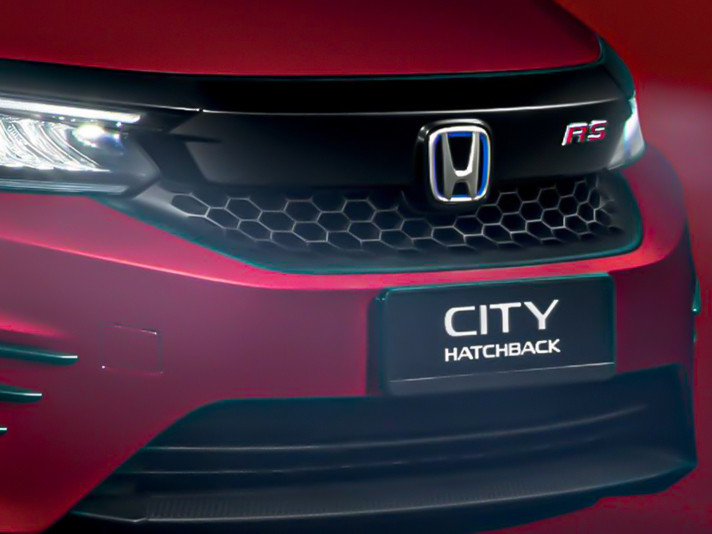
Is Honda City Hatchback Still Worth Buying in 2025?
JohnJun 26, 2025
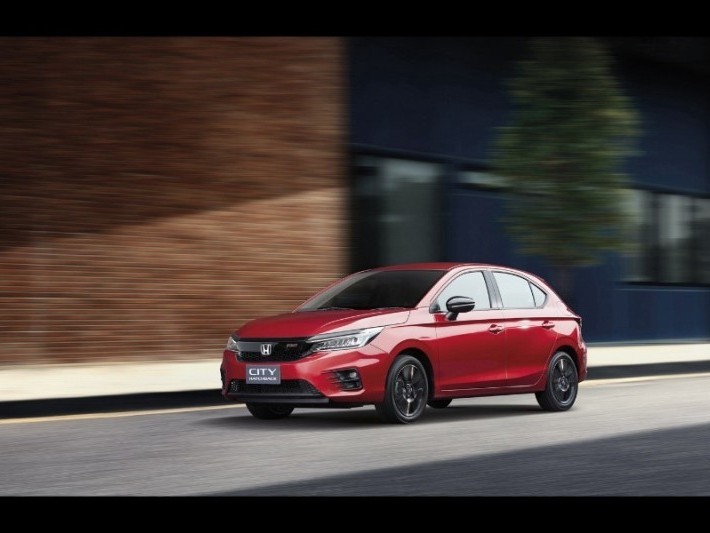
High Cost-Performance: Is the Honda City Hatchback Worth Buying? Dynamic Experience Revealed!
AshleySep 23, 2024
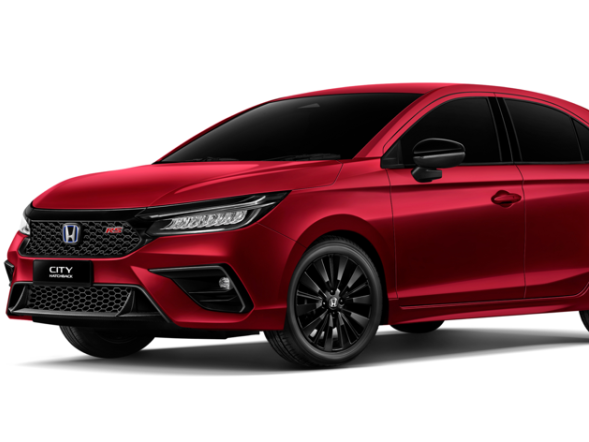
From Jazz to City Hatchback: The Perfect Transformation of Honda Hatchback
LienJun 4, 2024
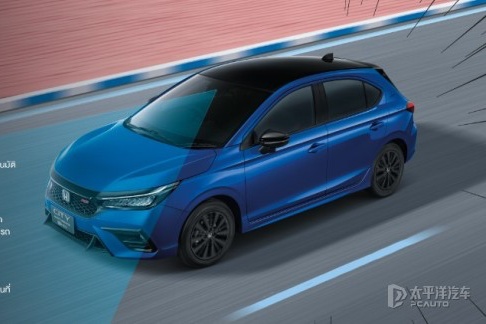
Honda City e HEV Hatchback RS: Fuel Efficiency
AshleyMay 4, 2024

The 2025 Honda Prelude Is Back: Hybrid-Powered Coupe with Type R Chassis Tech
JohnAug 4, 2025
View More

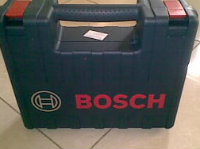











 Cars
Cars




Pros
Cons